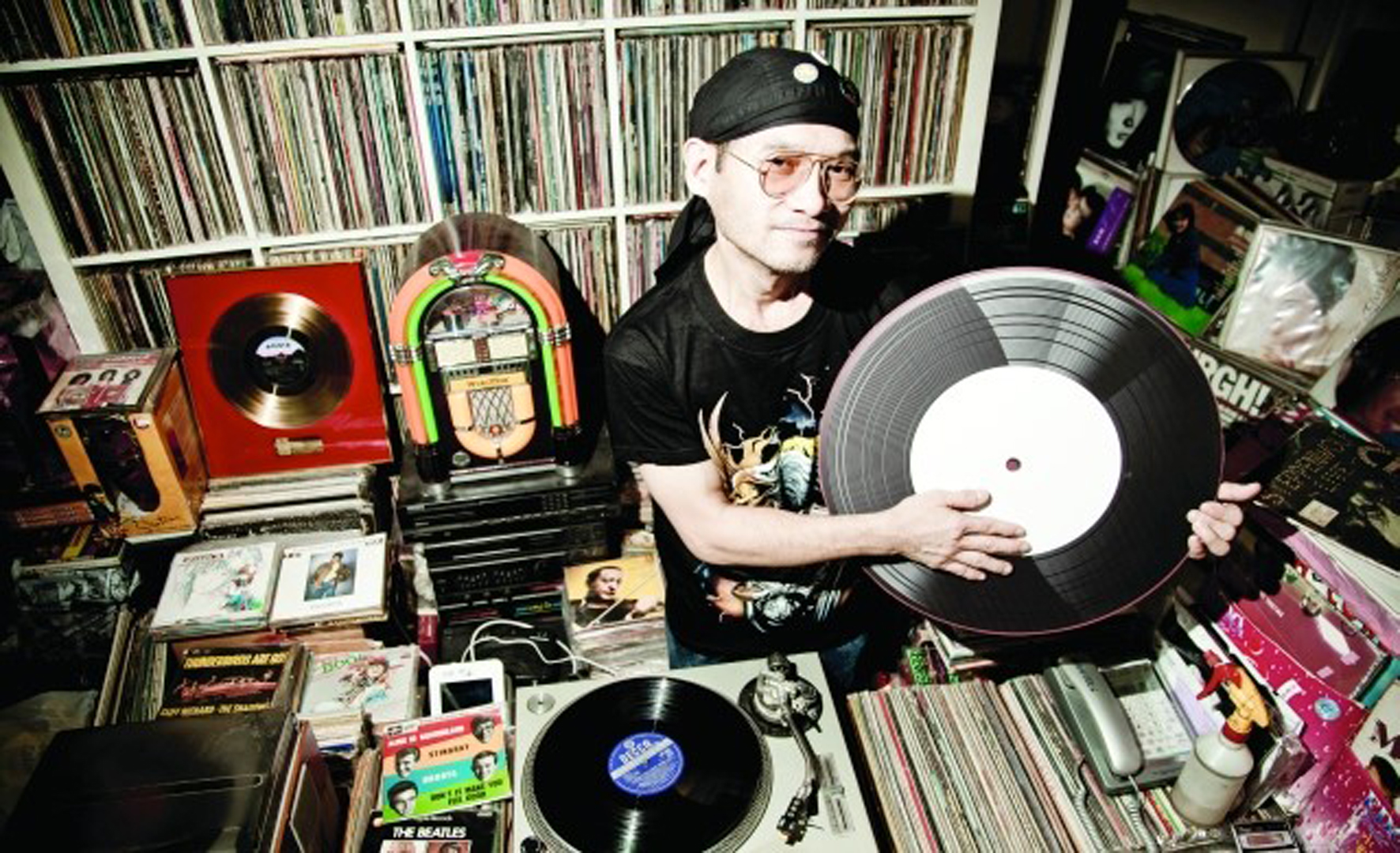“45 Revolutions” presented by Fuchs
Session Title:
Presentation Title:
Presenter(s):
Abstract:
“45 Revolutions” investigates the media archeology and cultural heritage of a revolving audio-storage and reproduction device, the record player, and its media: vinyl records. Vinyls have not only had been at the centre of (sub)cultural revolutions, like the flower-power movement, punk, German “Schlager” and DJing cultures, they have had a colourful history as revolving media themselves. Vinyls have had their experimental phase, gained the status of mainstream media (1960s), have been declared dead (around 1995), had a revival (2005) and seem to be considered hopeless once again now.
The story of success, oblivion and reincarnation of vinyls can probably nowhere on earth be seen clearer than in Hong Kong’s record store culture. Rapid changes in public favour, openness to new technologies, a faible for gadgets and a commitment to quickly follow fashion seem to constitute the breeding ground for the culture of vinyl records in Hongkong. This text also refers to the game art installation “33 1/3 Revolutions” that will be premiered at ISEA in Hongkong in 2016.
Archeology of Vinyls
In “Gramophone, Film, Typewrite“ Friedrich Kittler reminds us that Marshall McLuhan finds new media content in predecessor media. According to him, one medium’s content is always other media: film and radio constitute the content of television and records the content of radio. Digital media would create their content from pre-digital media. That is why vinyls can very well survive as content of CDs, sample-based synths, Mp3s, computer games and other more recent media.
This paper reflects upon mediatic reincarnations of vinyl cultures in a globalized digital cultures context by exploring traces of the predecessor medium in the streets of Hongkong. Famous Hong Kong record stores like the ones of Paul Au at 239 Cheung Sha Wan Road in Sham Shui Po or by Ho Hing Ming at Lamma Island are taken as a starting point for an investigation of how media can cannibalize predecessor media or foster mediatic reincarnations.






